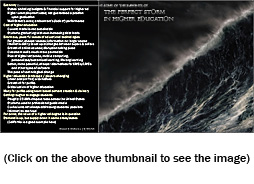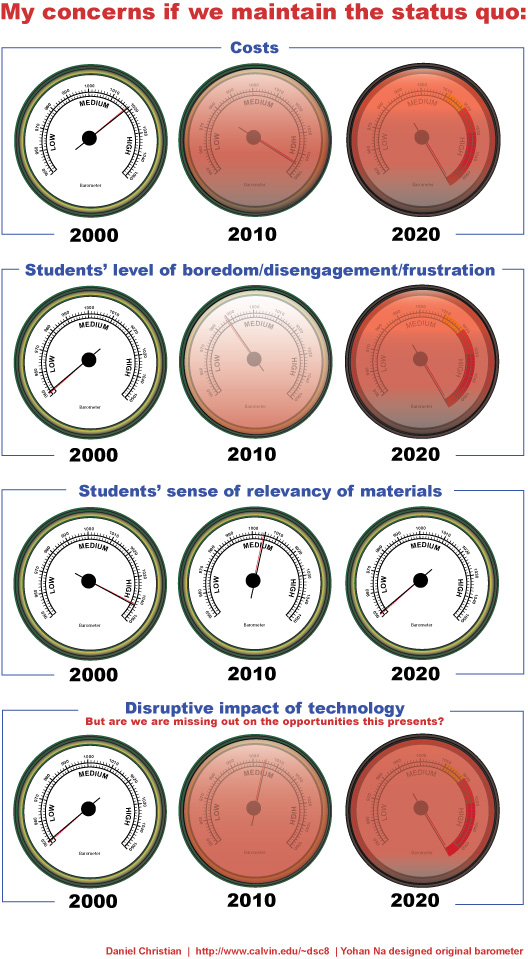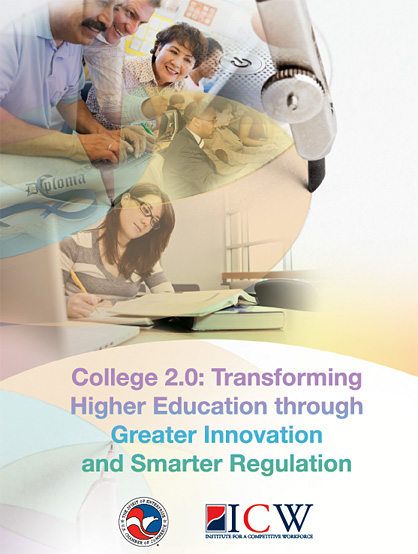From ‘gainful employment’ to lower college costs — from The WashingtonPost.com by Matt Miller
Excerpt (extra emphasis by DSC):
But whatever happens as these new rules are implemented in next few years, for-profit colleges will never get out from under a cloud, nor make good on their potential social contribution, until they pass on to students the benefit of the lower educational cost structures they are creating. To date, they’ve been reluctant to do so, because, for public companies especially, it seems tantamount to ignoring the shareholder interest in maximizing profits.
But this is shortsighted. For one thing, it ensures a perennial political backlash, which can’t serve shareholders over time. And beyond this, as a business matter, it means there’s a huge opening for any number of “Wal-Marts of higher ed” to win a vast market of underserved or overindebted young Americans (or mid-career workers who seek training) who desperately need affordable, high-quality educational services. The strategy should be to lower costs, lower prices and “make it up on the volume.” The firms that do this and earn a reputation for quality will force the traditional college world to reexamine its own inefficient practices, to the lasting benefit of students and the governments that fund them.
From DSC:
Also see:
- The Forthcoming “Walmart of Education” — by Daniel S. Christian (12/1/08); this is where we are going, at least in part. Major disruption is on the way (and parts of it are already here).

















